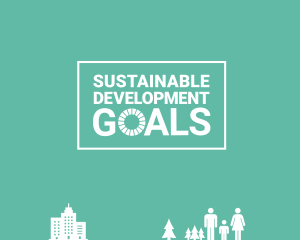Scientists worldwide have long sought superconductors that carry electrical current without resistance or energy loss. A research team led by Professor Chung-Hou Chung from the Department of Electrophysics at National Yang Ming Chiao Tung University (NYCU) has made a significant theoretical breakthrough in this pursuit. They have uncovered the formation mechanism of the “strange metal” quantum critical state in cuprates—a mysterious state first observed in 1986 that precedes the emergence of copper-based high-temperature superconductivity. This discovery marks a pivotal step toward solving a 40-year-old puzzle in physics.
The Strange Metal Phase: The Precursor to High-Temperature Superconductivity
Unlike conventional metals, where electrical resistance arises due to electron collisions and energy dissipation, superconductors exhibit zero electrical resistance and perfect diamagnetism, making them ideal for minimizing energy loss. However, superconductivity can only be achieved below a material’s critical temperature.
To unlock the potential for practical, everyday applications, scientists have sought ways to raise this critical temperature, hoping to discover superconductors that operate at room temperature and ambient pressure. Among all known materials, cuprates boast the highest superconducting transition temperatures under ambient pressure, positioning them as leading candidates for room-temperature superconductivity. Yet the underlying mechanism driving their superconducting behavior has remained one of physics’s most perplexing mysteries.
Professor Chung explained that before entering the superconducting phase, cuprates exhibit a peculiar “strange metal” state in which electrical resistance decreases linearly with temperature—behavior that sharply deviates from conventional metals. This strange metal phase transitions into a high-temperature superconducting state as the temperature drops. Many physicists now believe that decoding the origins of this peculiar metal state is the key to finally understanding high-temperature superconductivity.
Quantum Critical Entangled State: The Core of Strange Metal Behavior
The NYCU research team has proposed a groundbreaking theory that identifies the “quantum critical entangled state” as the essential nature of strange metals. This state emerges from intense competition between two internal quantum phases in the material: a magnetic spin liquid state and a conventional metallic state. When these two phases are finely balanced, quantum fluctuations drive electrons into a highly entangled state, forming a quantum critical point.
According to Professor Chung, the material experiences pronounced local charge fluctuations near this critical point. This leads to a unique phase—the Planckian strange metal—where the scattering rate between electrons is linearly proportional to temperature and inversely proportional to Planck’s constant. This highly entangled quantum state represents the final gateway before the onset of high-temperature superconductivity.
The team applied a similar theoretical framework two years ago to explain the superconducting mechanism in rare-earth-based materials. For the first time, they have successfully explained various experimental data and phenomena in cuprates related to strange metals, including resistivity, electron scattering rates, specific heat, and the interrelationships between strange metal, superconducting, spin liquid, and metallic phases. This offers the strongest theoretical evidence for how superconductivity may emerge from the peculiar metal state.
NYCU Earns Global Spotlight with Groundbreaking Research Advancing Room-Temperature Superconductivity
This original study, conducted independently by Professor Chung-Hou Chung, Dr. Yong-Yeh Zhang (Academia Sinica), Dr. Wen-Hao Ruan (NYCU), and Dr. Kim Remund, has garnered international attention. It was published in the prestigious journal Reports on Progress in Physics by the Institute of Physics (IOP) in the UK and featured prominently as one of the journal’s most-read articles.
Professor Chung believes that unraveling the mystery of strange metals sheds light on the conditions necessary to elevate superconducting temperatures and opens the door to designing new materials capable of sustaining superconductivity at room temperature and atmospheric pressure. Such advancements would represent a significant milestone in reducing energy consumption and promoting global environmental sustainability.



